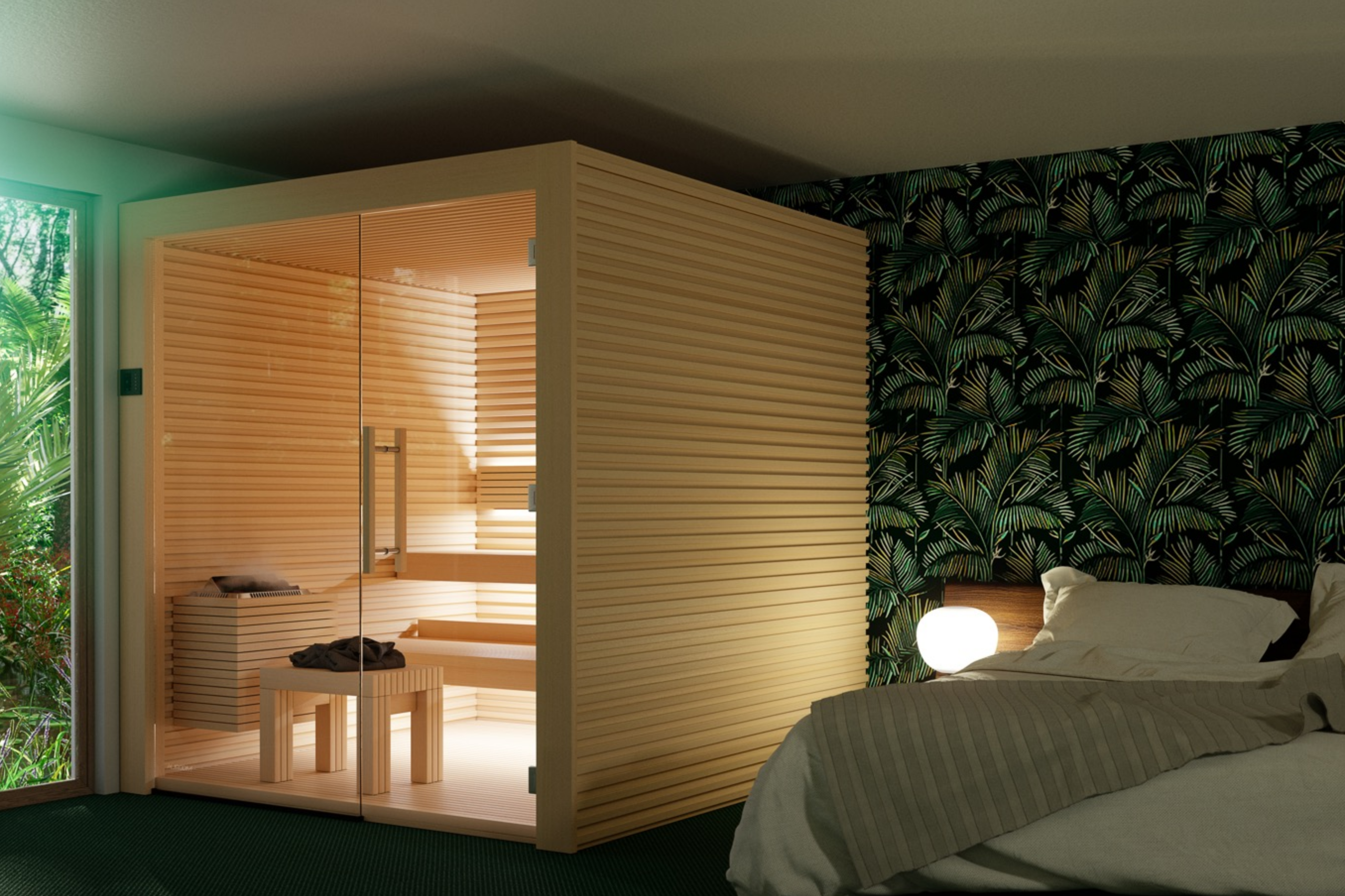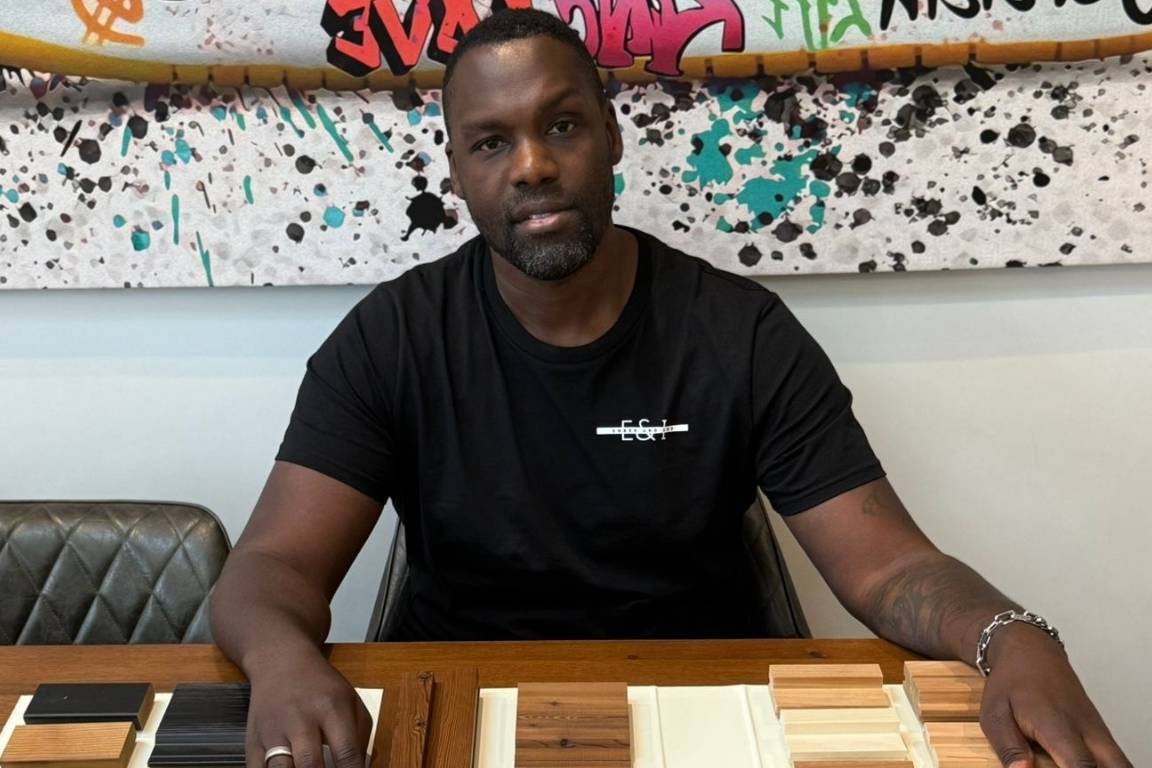Transforming modern wellness
In the ever-evolving world of wellness and recovery, LED light therapy has emerged as a pioneering treatment – uniting science, technology, and natural healing processes. Once reserved for clinical environments and elite athletes, this therapy is now a cornerstone of luxury wellness, offering profound benefits for skin rejuvenation, hair restoration, cellular regeneration, and sports injury repair.
A Brief History of LED Therapy
The therapeutic use of light dates back to ancient civilisations, where sunlight was used to treat various ailments. However, modern LED therapy (Light Emitting Diode therapy) traces its roots to the 1960s, when NASA began exploring light’s effects on cellular function. Researchers found that specific wavelengths could promote wound healing and tissue growth in space, a discovery that laid the foundation for today’s advanced applications. Since then, extensive clinical research has validated LED therapy’s efficacy across dermatology, sports medicine, and regenerative wellness practices.
Each colour of LED light penetrates the skin at different depths, stimulating distinct physiological responses
— Whelan, H. T.
Understanding the Colours and Their Benefits
Each colour of LED light penetrates the skin at different depths, stimulating distinct physiological responses:
Red Light (620–750nm)
The most widely studied, red light penetrates deeply to stimulate collagen production, increase blood circulation, and accelerate cellular repair. It is celebrated for reducing fine lines, improving skin tone, and enhancing muscle recovery .
Blue Light (450–495nm)
Primarily used for acne treatment, blue light targets and eliminates acne-causing bacteria on the skin’s surface without damaging healthy tissue. It also helps to calm inflammation .
Near-Infrared Light (750–1200nm)
Near-infrared reaches the deepest layers, boosting cellular energy (ATP production), reducing chronic pain, supporting tendon and muscle repair, and accelerating the body’s natural recovery processes .
Green Light (495–570nm)
Green light therapy is associated with reducing pigmentation, soothing the skin, and promoting an even complexion. It can also assist in reducing hyperpigmentation and calming irritated skin .
Yellow Light (570–590nm)
Yellow light penetrates moderately to aid in reducing redness, boosting lymphatic flow, and improving the appearance of sun-damaged skin.
Clinical Applications: Hair Loss, Skin Regeneration, Cellular Health, and Injury Recovery
— Avci, P.
Clinical Applications
Hair Loss Treatment
Red and near-infrared light therapies have demonstrated effectiveness in promoting hair regrowth by stimulating dormant hair follicles and enhancing scalp circulation.
Skin Regeneration
Red and yellow lights support collagen production, elastin synthesis, and faster wound healing, making them excellent tools for skin rejuvenation.
Cellular Stimulation
Near-infrared light boosts mitochondrial function, increasing the production of ATP (the cell’s energy currency), enhancing the body’s overall regenerative capacity.
Sports and Injury Recovery
Infrared light has been extensively used in physiotherapy and sports medicine to reduce inflammation, enhance muscle recovery, and accelerate tendon and ligament healing.
For optimal results, it is important to follow established treatment protocols
— Hamblin, M. R.
Treatment Guidelines
For optimal results, it is important to follow established treatment protocols:
Frequency:
Skin rejuvenation: 3–5 times per week for the first month, then maintenance sessions 1–2 times weekly.
Hair regrowth: 3 times per week for 6 months minimum.
Injury recovery: Daily application for acute injuries; 3–4 sessions per week for chronic conditions.
Duration:
Each session typically lasts 10–20 minutes, depending on the treatment goal and device specifications.
Distance:
Maintain the recommended distance from the device (typically 6–12 inches for panels).
Consistency:
Regular use is crucial; LED therapy stimulates cumulative biological responses that build over time.
It is essential to use medical-grade LED devices with properly calibrated wavelengths and intensities to ensure therapeutic efficacy.
The Future of LED Therapy
With ongoing innovations, including full-body LED beds and targeted hand-held devices, LED therapy is transitioning from a niche treatment to an everyday essential in luxury wellness settings. As research deepens, it is clear that light is not simply illumination; it is medicine.
At Ember and Ice Wellness, we are proud to offer world-class red light therapy solutions, bringing cutting-edge science and timeless healing together to elevate your wellness journey.
Related Posts
November 17, 2025
Sauna Buyers Guide: What Do We Mean By A “Premium Insulated Sauna”?
What is a premium insulated sauna? Explore materials, energy savings, heat…
October 30, 2025
The Story Behind Ember & Ice Wellness | Nordic-Inspired Wellness Design
Discover how Ember & Ice Wellness was founded by Chris Wainwright-Park, a…
October 22, 2025
The Future of Recovery: How Science-Backed Wellness Is Redefining Human Performance
Discover how Ember and Ice is shaping the future of science-backed wellness…




I’ve started using red light therapy panels after my gym sessions this past week, and I’m already noticing faster recovery. The science behind it makes a lot of sense—glad to see more attention on this.
Such a great article. I had no idea there were so many different wavelengths with targeted effects! I’m considering yellow light therapy for redness and sun damage—thanks for the insight.
I’ve been curious about near-infrared therapy for chronic back pain, and this helped clarify a lot. Do you have any device recommendations for home use? Looking forward to trying it out.